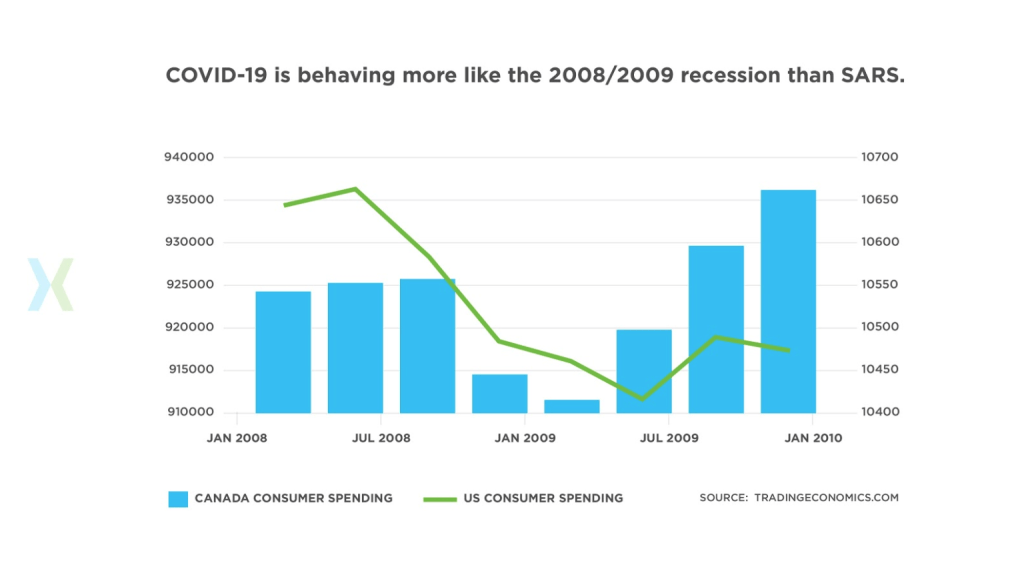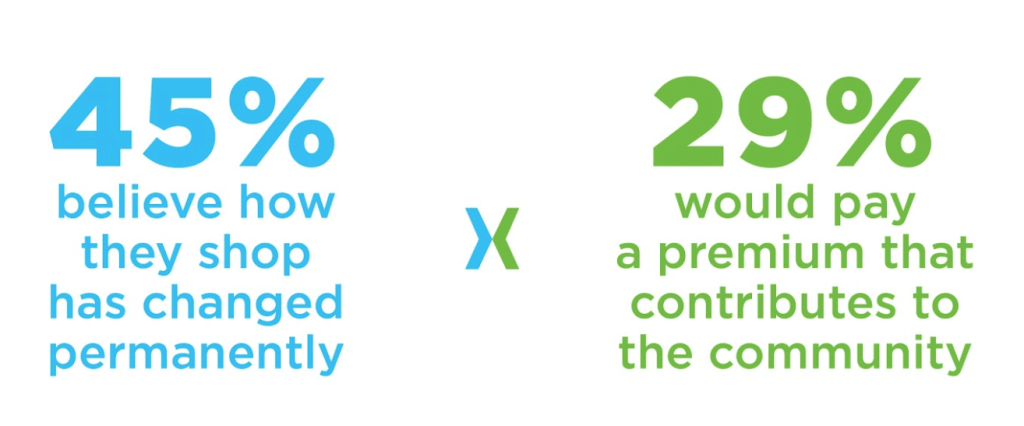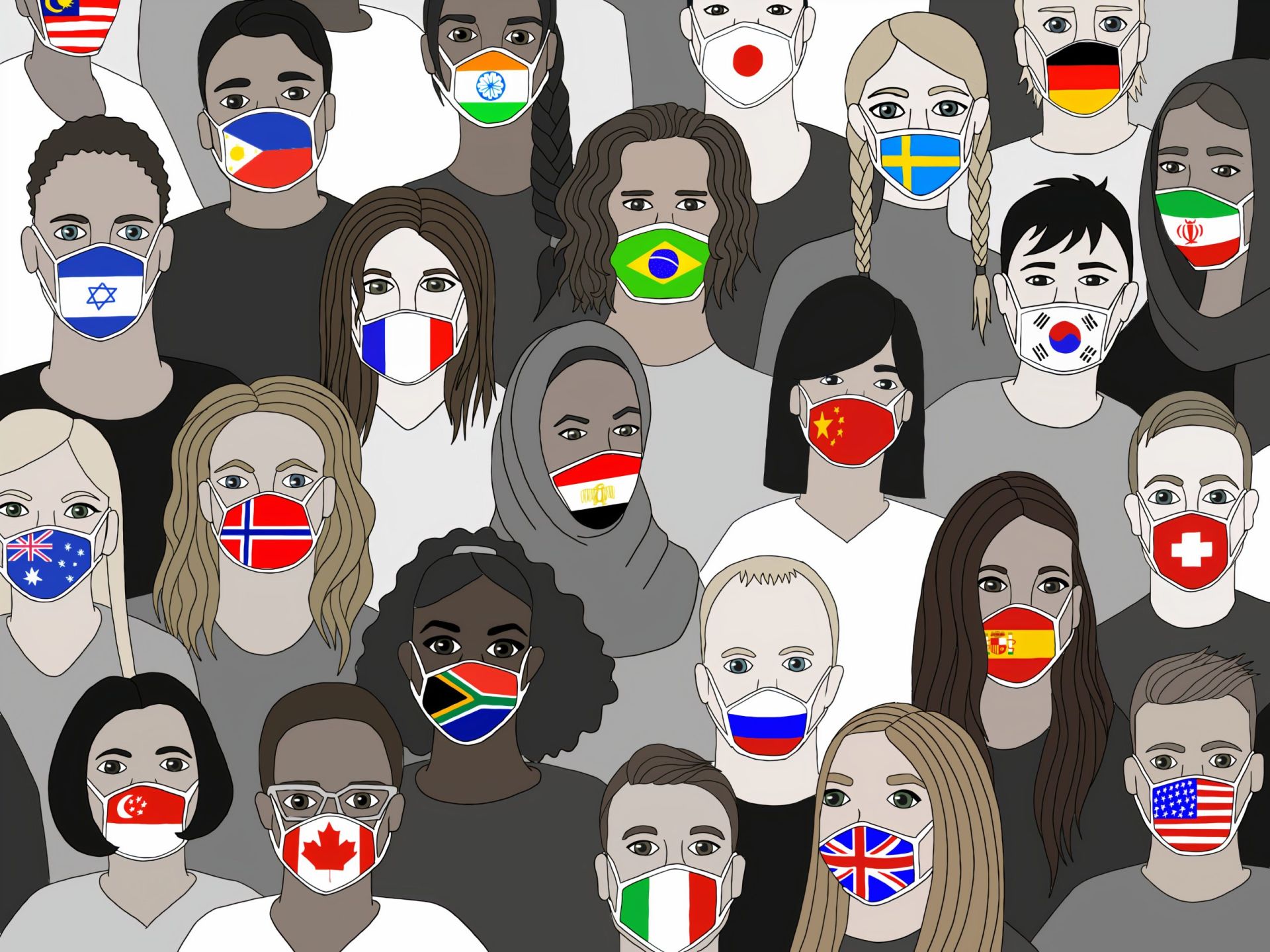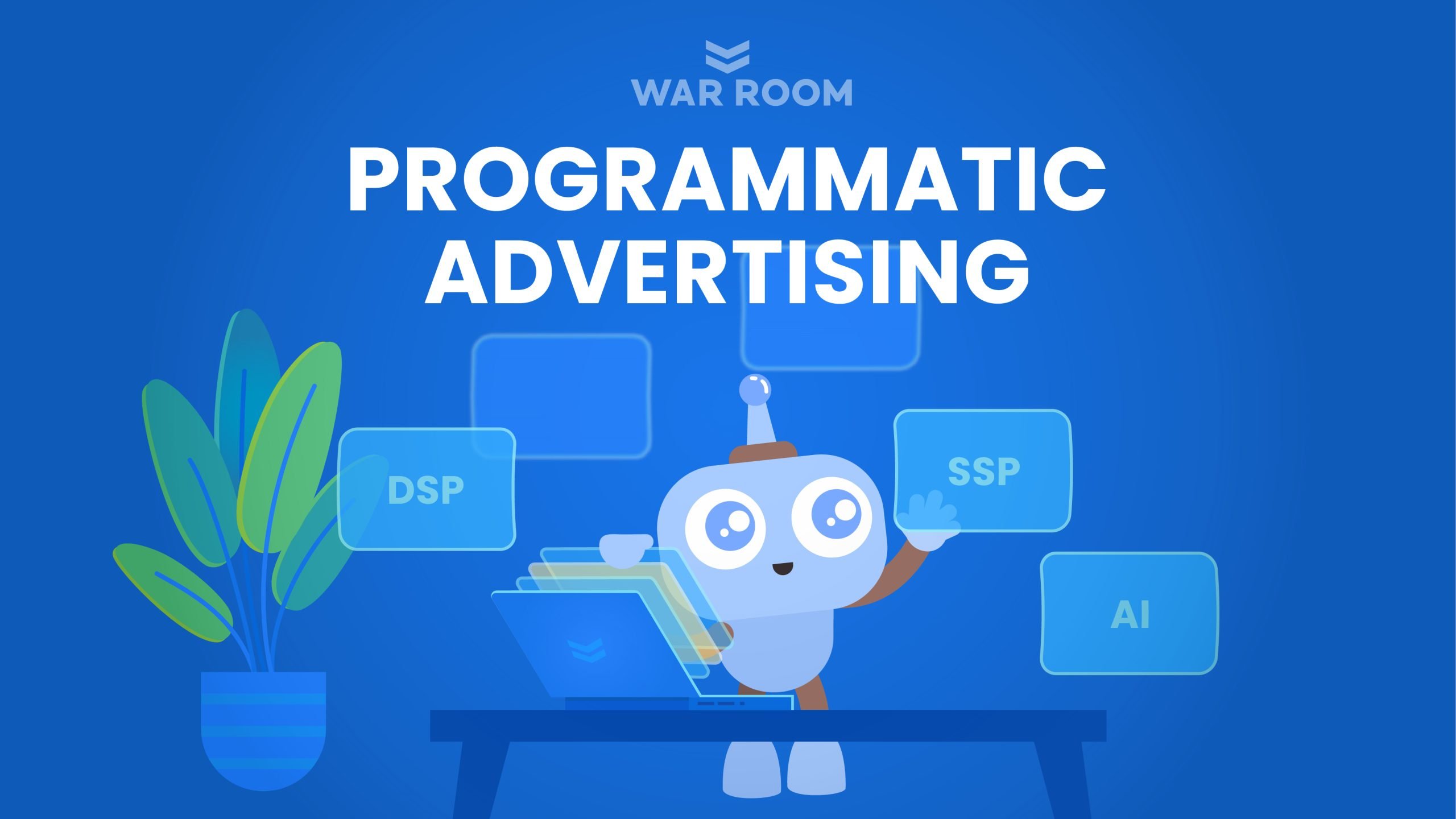2020 has been quite the year so far and COVID-19 definitely threw everyone in for a loop! These are challenging times for marketers and consumers alike. The world is changing and so has the landscape of marketing. We wanted to share some insights and tips for businesses and how they can step back into marketing during this pandemic.
We recently collaborated with our creative partner, Hangar18 and hosted a webinar called, “Navigating Marketing Through COVID-19: Then, Now, Next”.
The webinar covered so many great topics, so we decided to break it up into a 3-part blog series for easier consumption.
- How COVID-19 is Changing Marketing
- Planning for Marketing During COVID-19
- Post-COVID-19 Marketing – What to Expect?
So, let’s get started!
Start reading by scrolling down or choosing a topic:
- Historical Learnings
- Trends & Shifts in Consumer Behavior
- FAQ on Budget & Costs
- Should We Cut Our Marketing Budget?
- What If I HAVE TO Cut Costs?
- If We’re On a Restrictive Budget, What Channel Should We Run On?
- How Much Does It Cost To Advertise Online Right Now?
- Corporate Social Responsibility
- TL;DR – What Have We Learned
Photo by Tai’s Captures on Unsplash
Historical Learnings
When we began research on this topic, we realized that the landscape of marketing was similar to the trends that had happened during the 2008 financial recession.
This graph highlights the statistics of consumer spending in Canada (blue) and the United States (US).

You can see that both countries were significantly impacted by the recession in 2008 and through to 2009. However, you can also see that consumer spending had rebounded:
- To pre-recession levels just over one year later in Canada
- and eventually to a level higher than pre-recession by January of 2010
Canadian consumers were a bit faster in rebounding compared to their American counterparts. Given the case rate of Canada versus the US, we can anticipate observing a similar trend in post-COVID times.
Now with a frame of reference on how we should be approaching marketing during COVID-19, our efforts should look more like they did during the recession.
Trends & Shifts in Consumer Behavior
EY had shared an interactive graph that categorized consumers’ behavior into separate segments and predicted how they would transition post-COVID-19.
They categorized consumers into 4 spending categories during COVID-19:
- Save and Stockpile (35%)
- Cut Deep (27%)
- Stay Calm and Carry On (26%)
- Hibernate and Spend (11%)
EY also identifies five categories consumers are predicted to fall into post-COVID:
- Get to Normal (32%)
- Cautiously Extravagant (25%)
- Stay Frugal (21%)
- Keep Cutting (12%)
- Back with a Bang (10%)
Keeping these statistics in mind can help us to predict the likely trends as we emerge more holistically from COVID-19.
EY highlights two significant numbers:

This reflects a fundamental shift in consumer behaviour.
Photo by Anastasiia Chepinska on Unsplash
FAQs on Budget & Costs
Should We Cut Our Marketing Budget?
Most companies have asked themselves regarding their budget during these tough times:
“Should I cut or should I spend?”
“If I cut, where do I cut?”
“If I spend, where do I spend?”
Think about it. Sales are down because of the virus. The Marketing team is now the one that is most exposed to your consumers via online, social and other forms of media, having the most direct contact with your audience. Therefore, it’s absolutely imperative that resources are not cut from marketing budgets.
What If I HAVE TO Cut Costs?
Evaluate your company’s expenses and identify which expenses belong in the “enhancing revenue” category. Marketing is fundamental in driving brand awareness and sales, so you should at least protect your core marketing investments.
A lot of organizations are wondering where to cut spending during tough times.
Ask yourself and the team:
- How much you are spending and where, on which channels?
- What products and categories are vital to the company’s long-term health?
Tip: If you’re cutting investments, have a strategy and don’t cut across the board/evenly. Rethink investments in areas where your product/service can stand on its own or where user demand has changed.
You should not be cutting your budget blindly. Instead: reassess, recalibrate and pivot!

We see that the organizations that invested in their marketing efforts rebounded faster than those who didn’t.
As an example, there was a study done in 2015 by the School of Hotel Administration at Cornell University called: “Winners and Losers during the Great Recession: The Positive Impact of Marketing Expenditures”. The study compared different groups revenue and profitability with different marketing expenses during the recession. The results showed that those who invested in marketing efforts during the recession came out ahead of those who didn’t. The data lead to the conclusion that by “investing” in marketing, especially in tough times, can achieve a payoff.
If We’re On a Restrictive Budget, What Channel Should We Run On?
The answer would be dependent on your business’ objective and target demographic.
If your objective is Brand Awareness, it would be Display Ads.
If your objective is driving conversions, it would be Search Ads with a focus on Lookalike and Retargeting audiences.
Do note that having a mix for conversion is important.
How Much Does It Cost To Advertise Online Right Now?
COVID-19 is making paid ads become cheaper. Ad networks make money through an auction system. They need businesses to drive up the CPC. Because there’s less businesses advertising right now, the price has lowered. There isn’t much competition for the inventory so the CPC decreases.
The virus is causing us to spend more time online. Even Netflix is slowing down there streaming quality to help. Traffic on the web is up, but there are fewer advertisers, which means ads are cheaper.
Corporate Social Responsibility
With the current societal landscape in the time of the coronavirus, consumers are telling us with their wallets that:
- What we do in the community matters
- They will support businesses that help others
This trend has been growing naturally year after year. But with the introduction of the pandemic, the importance of Corporate Social Responsibility (CSR) has been amplified so much more.
It just makes sense that we as marketers acknowledge this shift, and in turn we must shift our focus as well.
Having corporate social responsibility means being socially accountable. Its purpose is to give back to the community and provide positive social value.
Before COVID-19, businesses were increasingly turning to CSR to make a difference and build a positive brand around their company. A lot of focus was spent on addressing climate change, reducing waste, saving the planet.
Since the pandemic, the focus has somewhat shifted. It’s become increasingly important to be more community-minded. Consumers are now actively making key decisions to exclusively side with businesses that care about their community and show that they care. Perhaps we should be replacing “Corporate” with “Community” when we use the acronym, “CSR”!
Working hard on your Corporate Social Responsibility not only helps the community, but improves your brand’s Public Relations (PR) too!
In the past few months, COVID-19 has managed to change many things in terms of marketing and building a positive reputation socially and being community-focused is more important than ever.
According to Investment Executive (IE), over 80% of market value is based on intangible assets, such as brand and reputation.
This means that during the COVID-19 era, there was a major spotlight on “social”. IE says that:
We see many companies experiencing just that.
We must remember to put people and the community first.
In the next part of our COVID-19 blog series, we’ll cover “Planning for Marketing During COVID-19” and give you pointers on how to put community first, what your creatives should look like and what channels to invest in.
What Have We Learned?
- COVID-19’s impact on the consumer spending in Canada and United States is similar to the trends of the 2008 recession, so our marketing efforts should adapt accordingly.
- EY’s study presents different categories of consumer spending during COVID-19 and post-COVID. Two important statistics are highlight showcase a fundamental shift in consumer behavior:
- Up to 45% of consumers believe that the way they shop has permanently changed.
- 29% said they would pay a premium price, if there is a contribution to the community.
- If your budget needs to be cut, be mindful to keep the company’s long-term health in mind and don’t cut across the board or eveningly. Core marketing investments should be protected.
- Studies show that companies who invest in marketing during tough times can achieve a pay-off.
- If you are on a restrictive budget:
- Invest in Display Ads if you want to drive Brand Awareness.
- Invest in Search Ads (Lookalike + Retargeting) if your objective is to Drive Conversions.
- COVID-19 has made paid ads chapter because there are less businesses advertising right now. The Cost Per Click has decreased because there is less competition.
- Remember to upkeep Corporate Social Responsibility (CSR). Consumer trends show that they value companies who are making a positive impact on the community and are helping others. Therefore it’s important to prioritize people and community. This will greatly benefit your brand’s reputation and PR!




